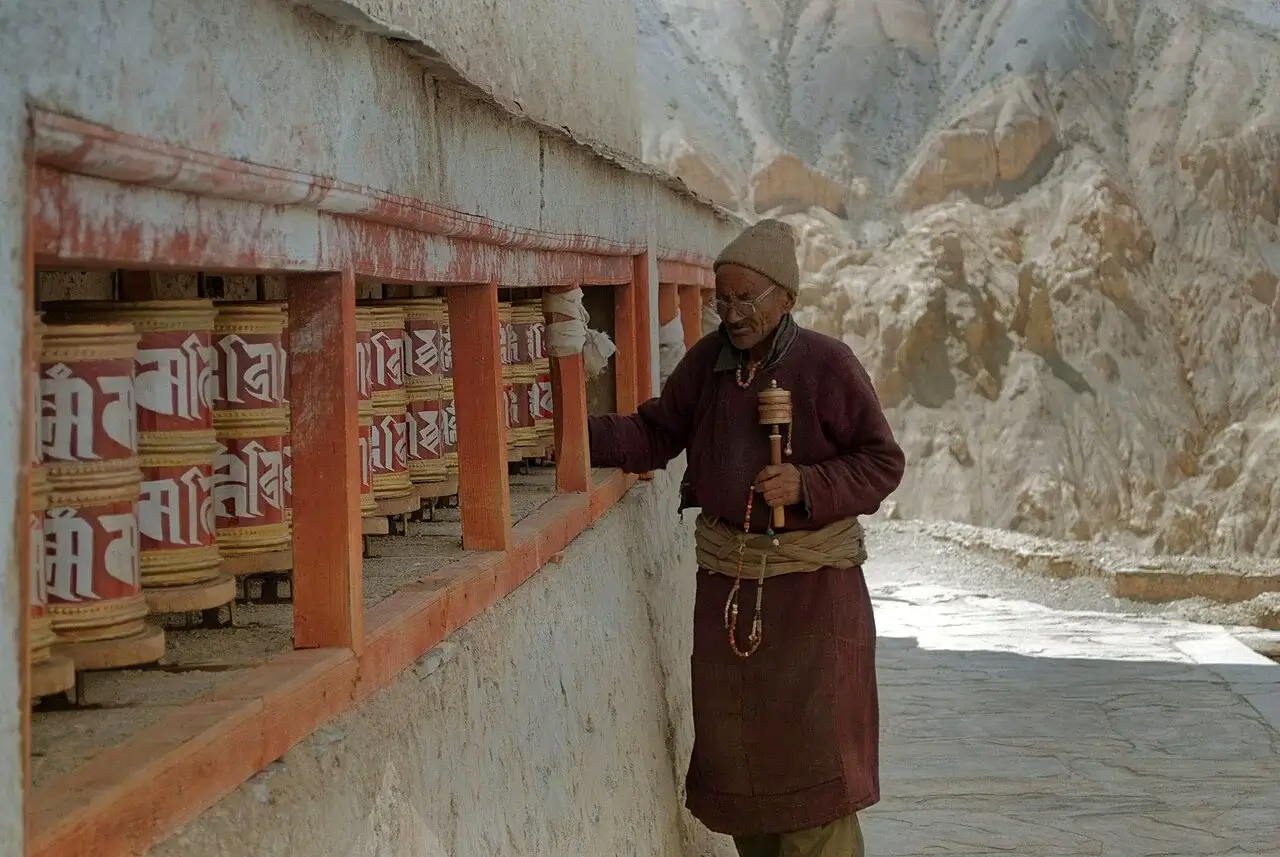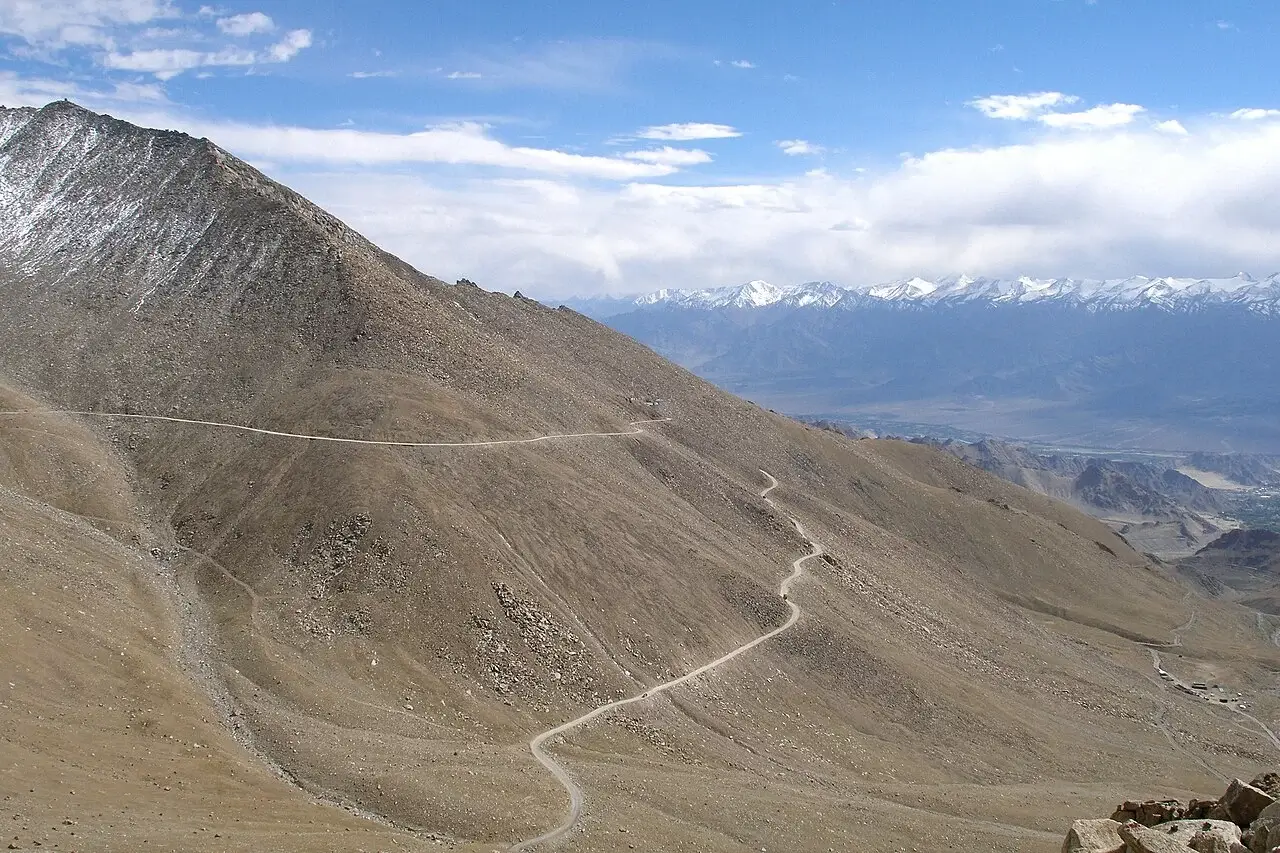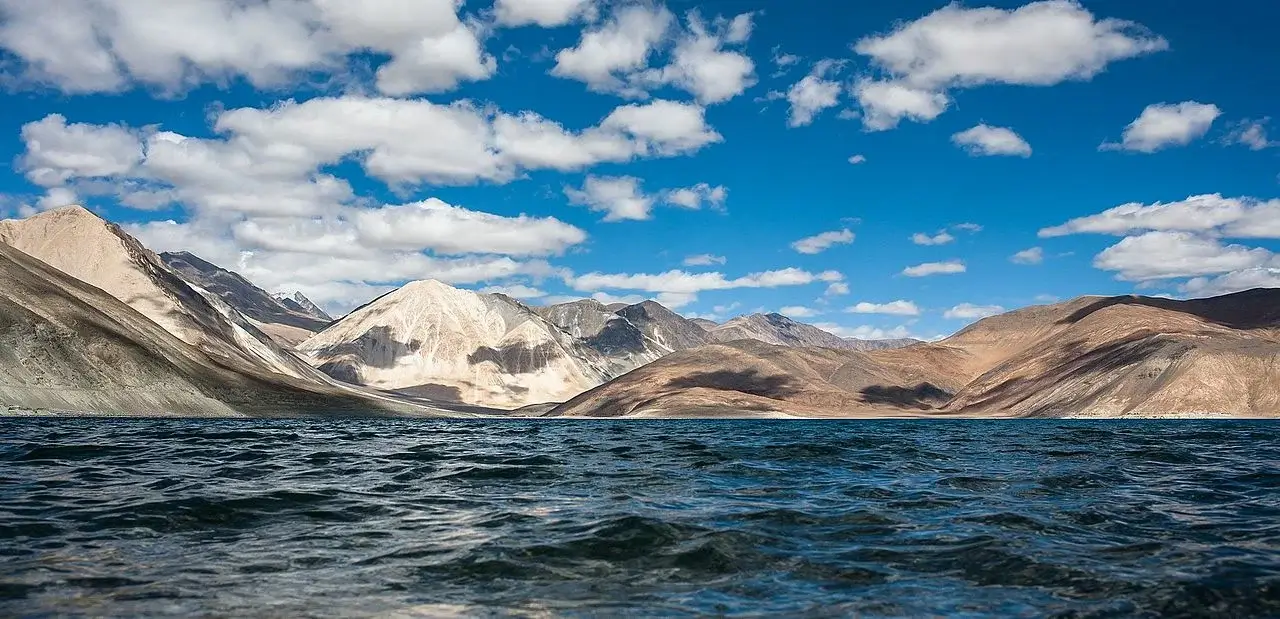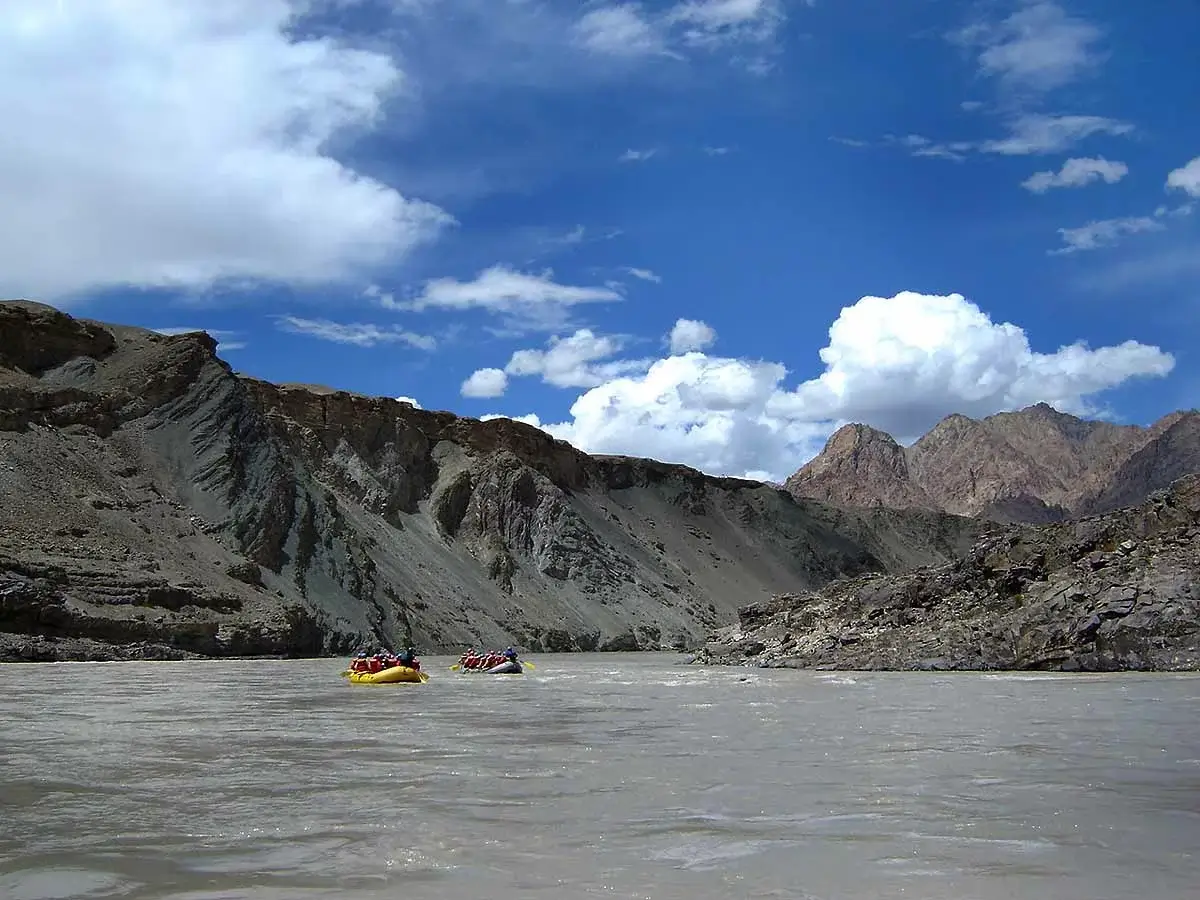Adventure in Ladakh: 5 Activities You Must Do
When it comes to high-altitude adventures in the Himalayas, Nepal often dominates the conversation. But just across the border, in northern India, Ladakh offers an entirely different kind of experience. It is drier, wilder, and more remote. The landscapes are sharper, the skies are clearer, and the sense of isolation is more complete.
Ladakh is not just about quiet monasteries and postcard-perfect views. For those looking for adventure, it offers a range of activities that go beyond sightseeing. Whether it is climbing a 6000-meter peak or riding a motorcycle over one of the world’s highest roads, the region is made for those who enjoy physical challenges and wide-open spaces.
Here are five experiences that should be on any traveller’s list. They are not only thrilling but also give a deeper look into the region’s people, geography and culture. These are not just the best places to visit in Ladakh, they are ways to truly experience it.
1. Explore Buddhist Culture in the Indus Valley

Before heading into the mountains or off-road tracks, it is worth spending time in the Indus Valley where the heart of Ladakhi Buddhist culture lives. The monasteries here are active, lived-in spaces where daily rituals continue much as they have for centuries.
Thiksey Monastery, with its hilltop location and large seated Buddha statue, is one of the most photographed. Hemis is the largest and hosts the famous summer festival. Smaller monasteries like Stakna or Matho offer a quieter atmosphere and often more personal interaction with the resident monks. Early morning is the best time to visit, when the prayer halls echo with chanting and the scent of butter lamps fills the air.
This part of Ladakh is also where traditional villages and farms still follow old rhythms, with fields of barley and houses built from mud bricks. It is a side of Ladakh that is often missed, but it offers essential context for the rest of the journey.
2. Ride a Motorcycle over Khardung La

No adventure in Ladakh feels complete without the ride to Khardung La. Once promoted as the highest motorable road in the world, this pass still captures the imagination of travellers and bikers from across the country.
The climb from Leh is steep and scenic. The air gets thinner with every turn, and the temperature drops fast. At the top, which sits at over 5,300 meters, the view stretches across the snow-covered peaks of the Zanskar and Karakoram ranges. There is not much to do at the summit apart from taking in the view and catching your breath, but the feeling of standing there is worth the climb.
From the pass, the road drops into Nubra Valley, another unique part of Ladakh where double-humped camels walk across sand dunes and monasteries cling to rocky outcrops. Many choose to stay overnight in Diskit or Hunder before returning to Leh.
3. Take a road trip to Remote Lakes

The drive from Leh to the high-altitude lakes of Ladakh is one of the most dramatic in India. Pangong Lake, stretching across the India-China border, is the most famous, especially after its appearance in Bollywood films. But Tso Moriri, located deeper into the Changthang region, offers a more peaceful and remote experience.
These lakes sit above 4,000 meters and reflect the sky in shades of blue that shift with the hour. Nights are cold, even in summer, and accommodation is basic. But for those who enjoy isolation and silence, few places compare.
The journey itself is a big part of the appeal. River crossings, herds of wild yaks and long stretches without any sign of human life make this road trip feel like a true expedition.
4. Trek in Hemis National Park

For those who want to explore Ladakh on foot, Hemis National Park offers some of the region’s best trekking routes. The park is known for its rugged terrain, rare wildlife and traditional villages tucked between mountains.
The most popular route is the Markha Valley trek, a seven-day walk that follows a river through narrow gorges, wide plateaus and remote settlements. It crosses a high pass called Kongmaru La and offers views of Kang Yatse, a peak that rises above 6,000 meters.
For more serious trekkers, it is possible to extend the trek to climb Kang Yatse II, a non-technical peak that still demands proper gear, fitness and preparation. Standing on the summit gives a rare view of the surrounding ranges and a deep sense of achievement.
Trekking here is not only about nature. Along the way, travellers stay in homestays or tents near traditional homes, giving a closer look at Ladakhi life. It is one of the best ways to experience the land and its people up close.
5. Raft the Zanskar River

Rafting might not be the first thing that comes to mind when planning a trip to Ladakh, but during the summer months, the Zanskar River offers an unforgettable experience.
Rafting trips usually begin near Chilling and end where the Zanskar meets the Indus. The water is cold, the rapids are strong but manageable, and the scenery is wild. Sheer cliffs rise on both sides, and there are moments of complete silence between the rush of the current.
This stretch of the river is also used for the frozen Chadar trek in winter, but in summer it becomes a thrilling water route. It is suitable for both beginners and experienced rafters, and local operators provide all safety gear and support.
Ladakh is often described as a land of high passes and clear skies. But beyond the views, it is also a place of activity. Whether riding a bike, walking through valleys or navigating white-water rapids, there are many ways to explore its vast landscapes. These five adventures offer a starting point, but they only scratch the surface of what Ladakh has to offer.
